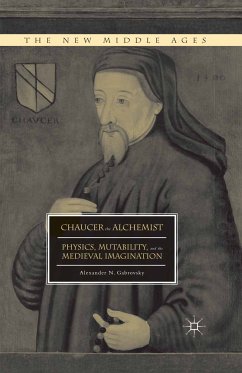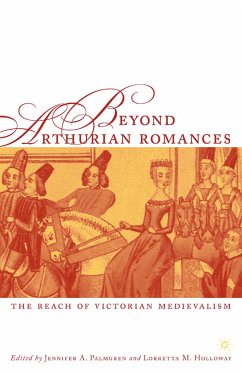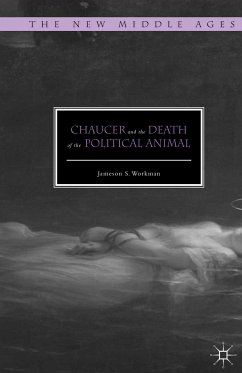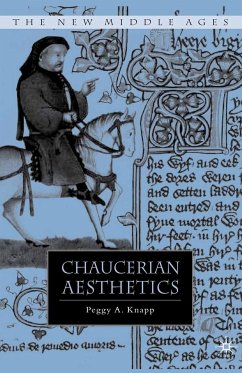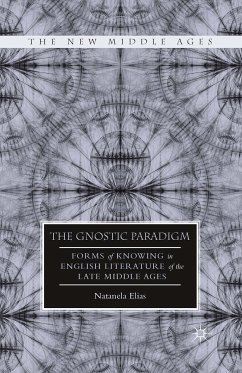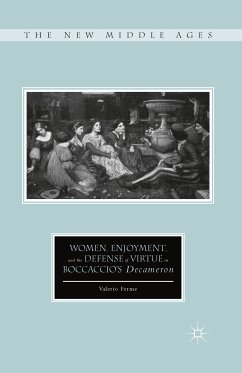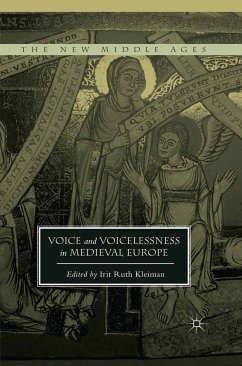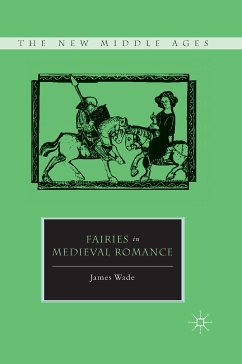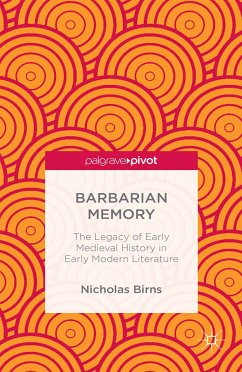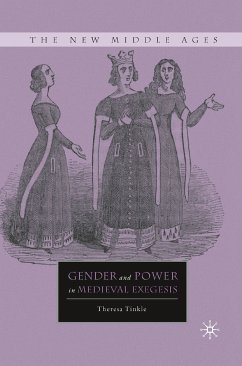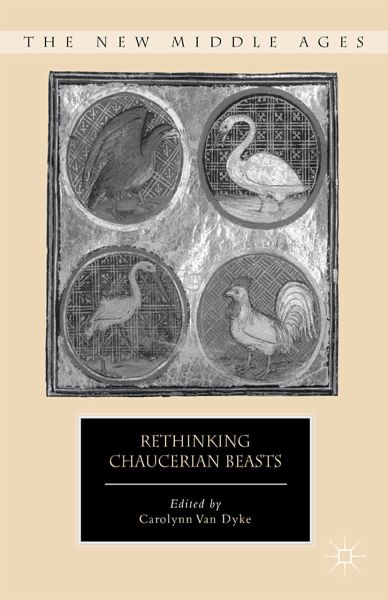
Rethinking Chaucerian Beasts (eBook, PDF)
Versandkostenfrei!
Sofort per Download lieferbar
72,95 €
inkl. MwSt.
Weitere Ausgaben:

PAYBACK Punkte
36 °P sammeln!
Building on recent work in critical animal studies and posthumanism, this book challenges past assumptions that animals were only explored as illustrative of humanity, not as interesting in their own right. The contributors combine close reading of Chaucer's texts with insights drawn from cultural or critical animal studies.
Dieser Download kann aus rechtlichen Gründen nur mit Rechnungsadresse in A, B, BG, CY, CZ, D, DK, EW, E, FIN, F, GR, HR, H, IRL, I, LT, L, LR, M, NL, PL, P, R, S, SLO, SK ausgeliefert werden.



